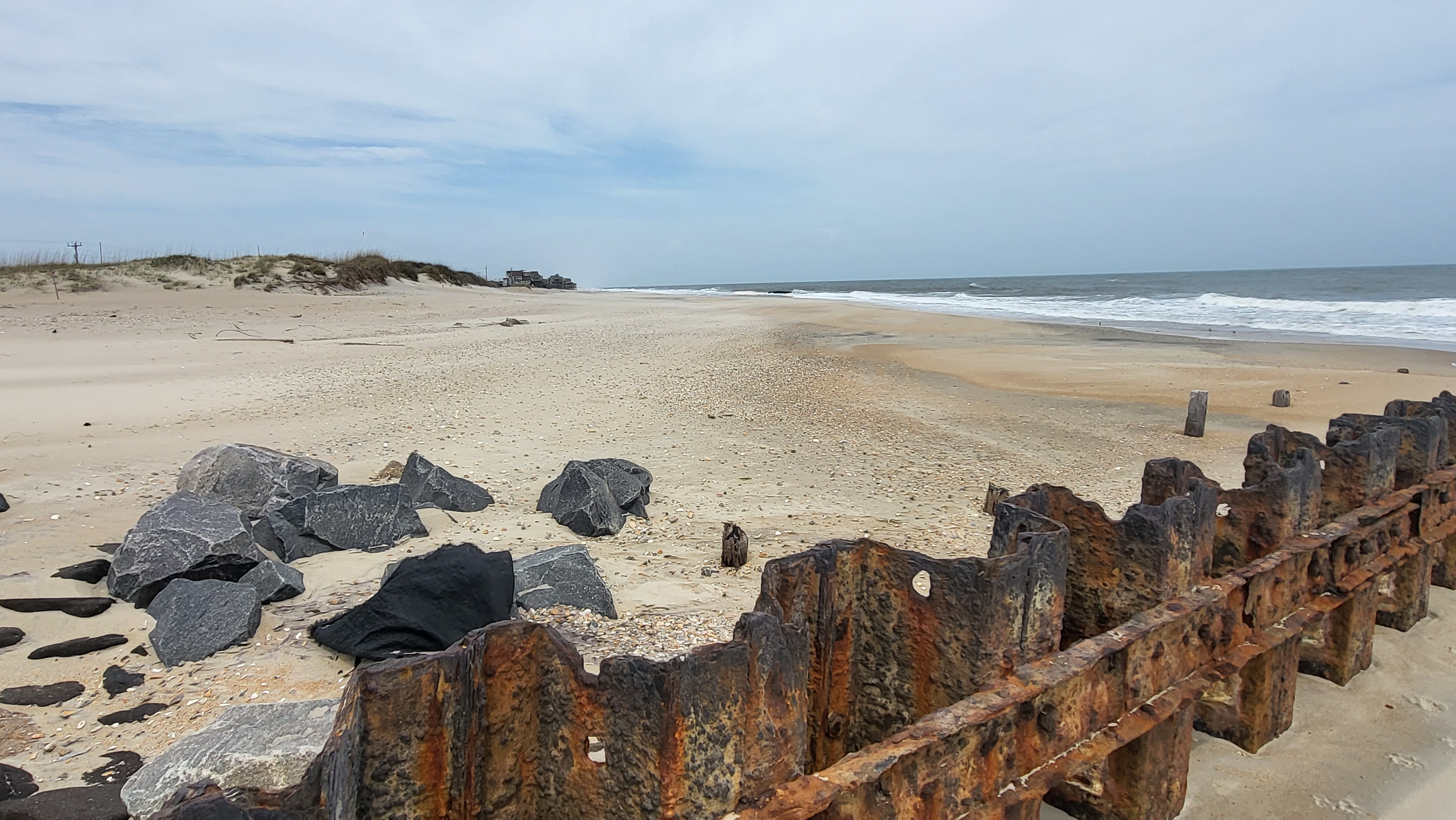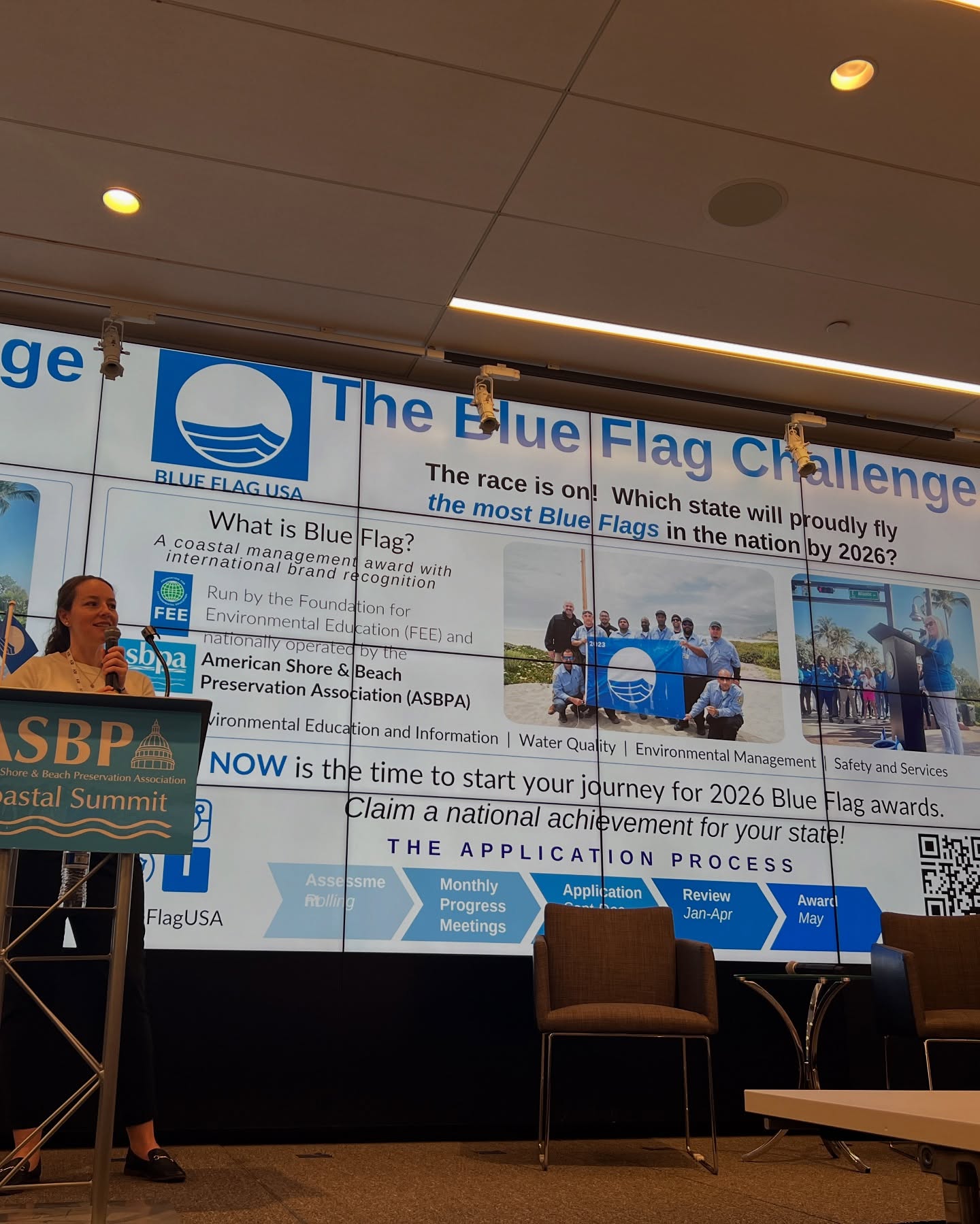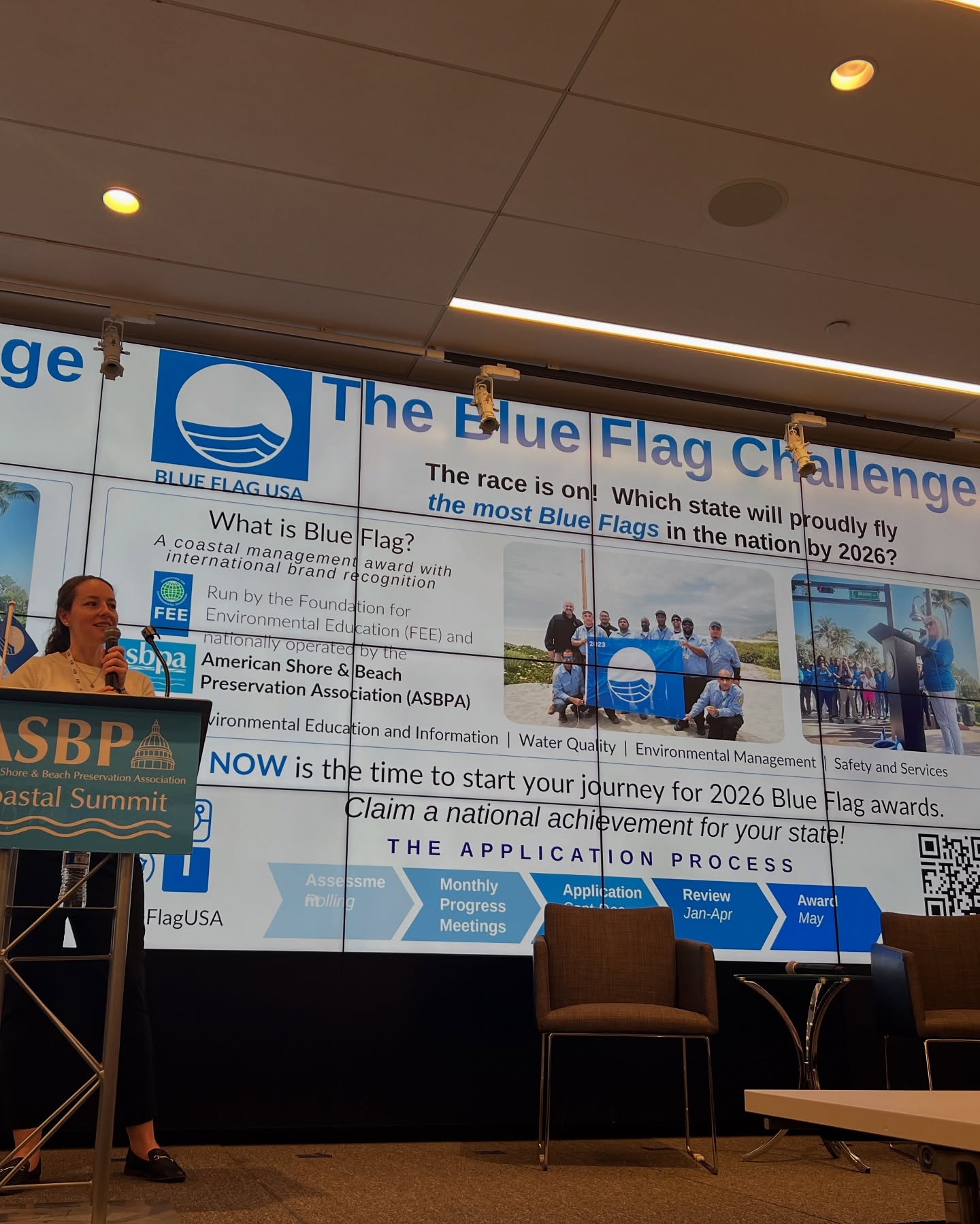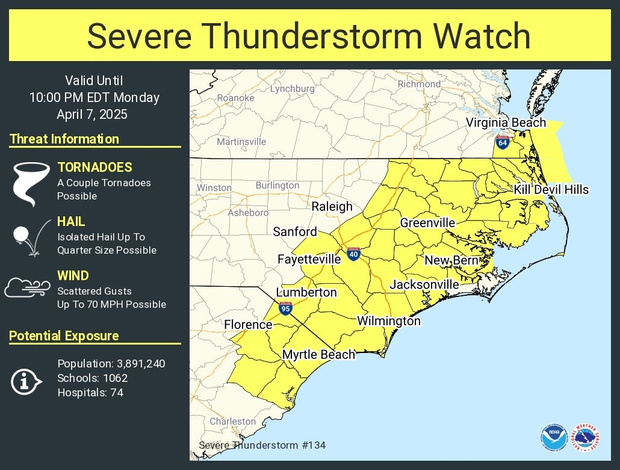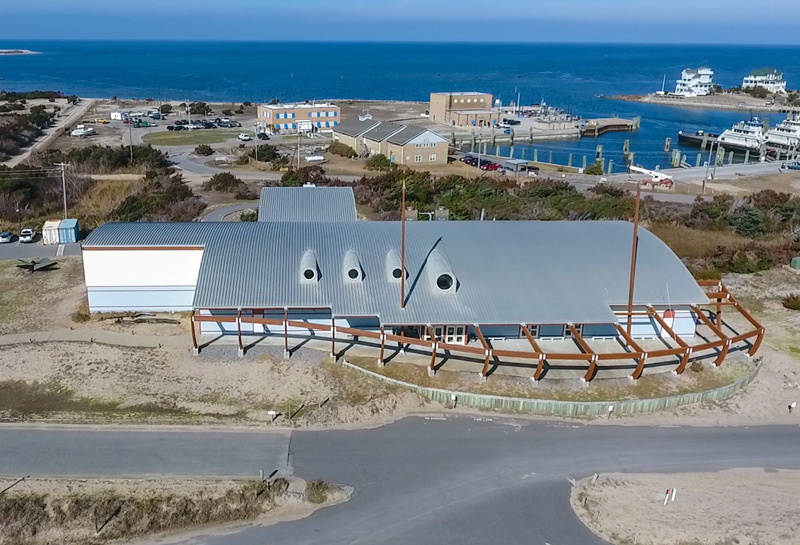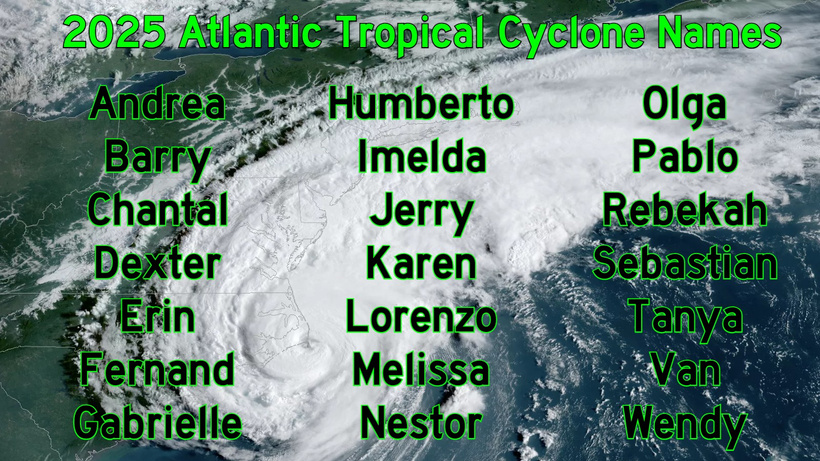Helene among names retired from hurricane list following 2024’s historic storm
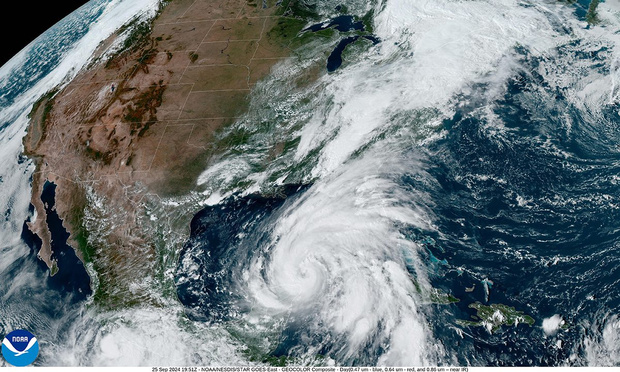
Three more names have been retired from the list used to identify tropical cyclones in the Atlantic basin, including the historic Helene, due to the death and destruction the storms caused in 2024.
The World Meteorological Organization Hurricane Committee maintains and updates through a strict procedure the list of names that are used in both the Atlantic and Pacific that are used in rotation and re-cycled every six years.
The lists are reviewed each year by the WMO committee at their regular meeting in the first quarter of the year. The 2024 list will again be used in 2030.
On Wednesday, the WMO retired the names Beryl, Helene and Milton from its Atlantic basin name list and John from the eastern Pacific basin name list.
Hurricane Helene made landfall as a Category-4 storm on the Florida Gulf Coast on September 26.
As it came ashore, it began to interact with a stalled cold front, causing catastrophic flooding across the southern Appalachians, widespread wind damage from the Gulf Coast to the North Carolina mountains and storm surge flooding along portions of western Florida.
Between 12 and 31 inches of rain fell over the western third of the North Carolina within a 72-hour period, and produced flooding that rivaled previous high water marks set in 1916.
Helene was the deadliest hurricane to affect the continental U.S. since Katrina in 2005, with more than 150 direct fatalities including 103 in North Carolina.
Damage estimates across 25 counties of the state have topped $58 billion, making it the costliest hurricane in North Carolina history.
Hurricane Helene marked the first time ever that NOAA’s National Hurricane Center forecasted a system to become a major hurricane before it became a tropical depression or tropical storm.
The National Weather Service was forecasting extreme rainfall totals and rates over western North Carolina more than 48 hours in advance.
Beryl was the earliest Atlantic basin Category-5 hurricane on record, with major impacts in the Caribbean.
Milton was the most intense hurricane ever recorded in the Gulf of Mexico, and caused catastrophic damage along Florida’s west coast less than two weeks after Helene.
The 2024 Atlantic hurricane season was the ninth successive season with above average activity, whilst the eastern Pacific season was below average.
The Atlantic basin saw 18 named storms in 2024. Eleven of those were hurricanes (winds of 74 mph or greater) and five intensified to major hurricanes of category 3, 4 or 5 on the Saffir Simpson scale, with winds of 111 mph or higher, according to the National Oceanic and Atmospheric Administration.
On the Eastern Pacific side, Hurricane John triggered deadly and extended flooding in the Mexican state of Guerrero.
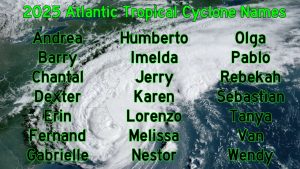
The 2025 list includes all but one name from its last use in 2019.
Dorian was removed after it became the most destructive hurricane to cross The Bahamas on record, tying the Labor Day Hurricane of 1935 for the most powerful landfall in the western hemisphere at 185 mph.
The center made another landfall at Cape Hatteras on September 6, 2019, as a Category 1 hurricane with sustained winds of 90 mph, and inundated Ocracoke with more than eight feet of soundside storm surge.
Colorado State University hurricane researchers are predicting another above-average Atlantic hurricane season in their initial 2025 forecast, saying current global weather conditions headed into this season are very similar to memorable years of tropical activity on the Outer Banks and in eastern North Carolina from over the last four decades.
In the event that more than twenty-one named tropical cyclones occur in the Atlantic basin in a season, any additional storms will take names from an alternate list of names approved by the WMO.











